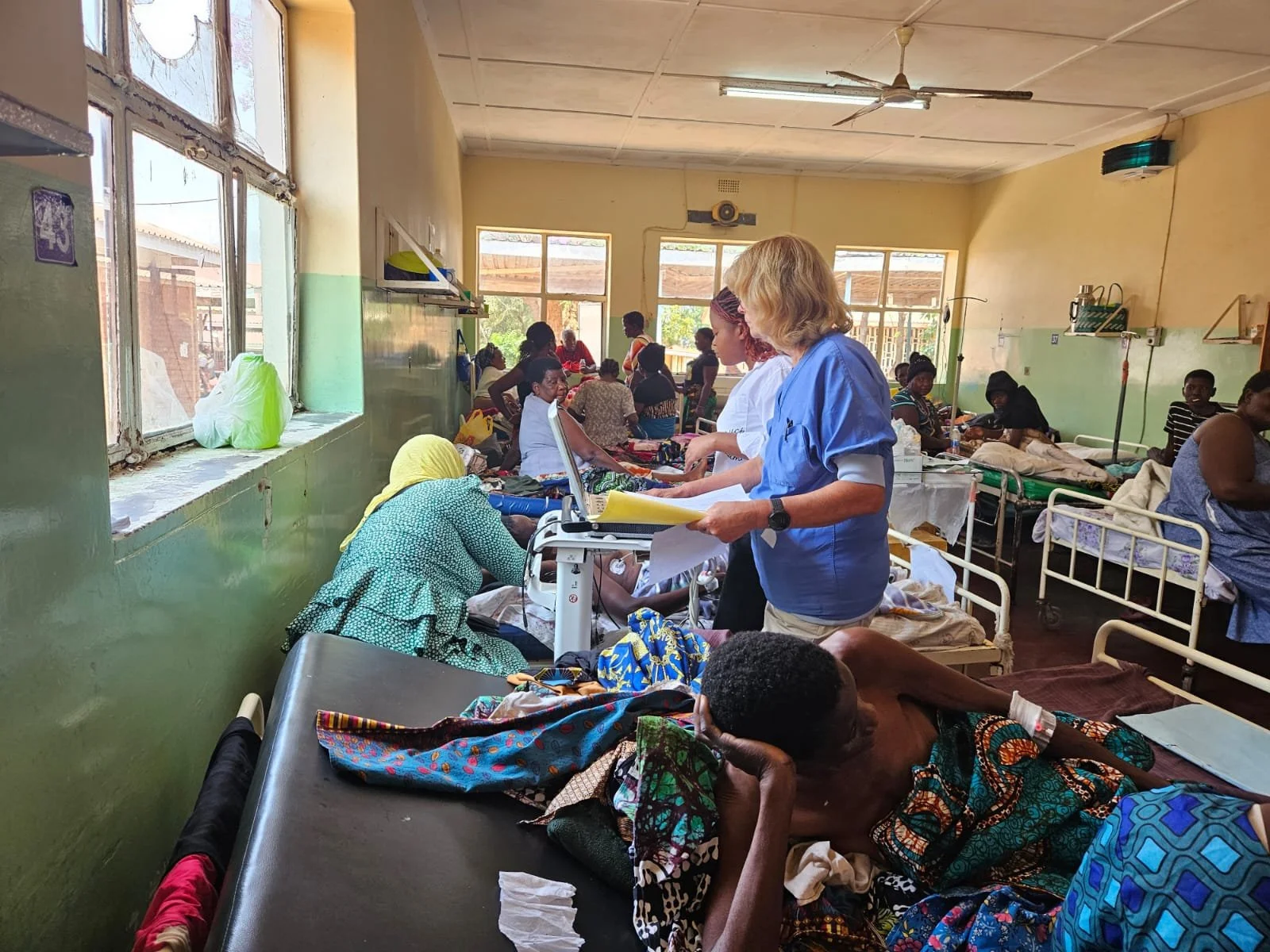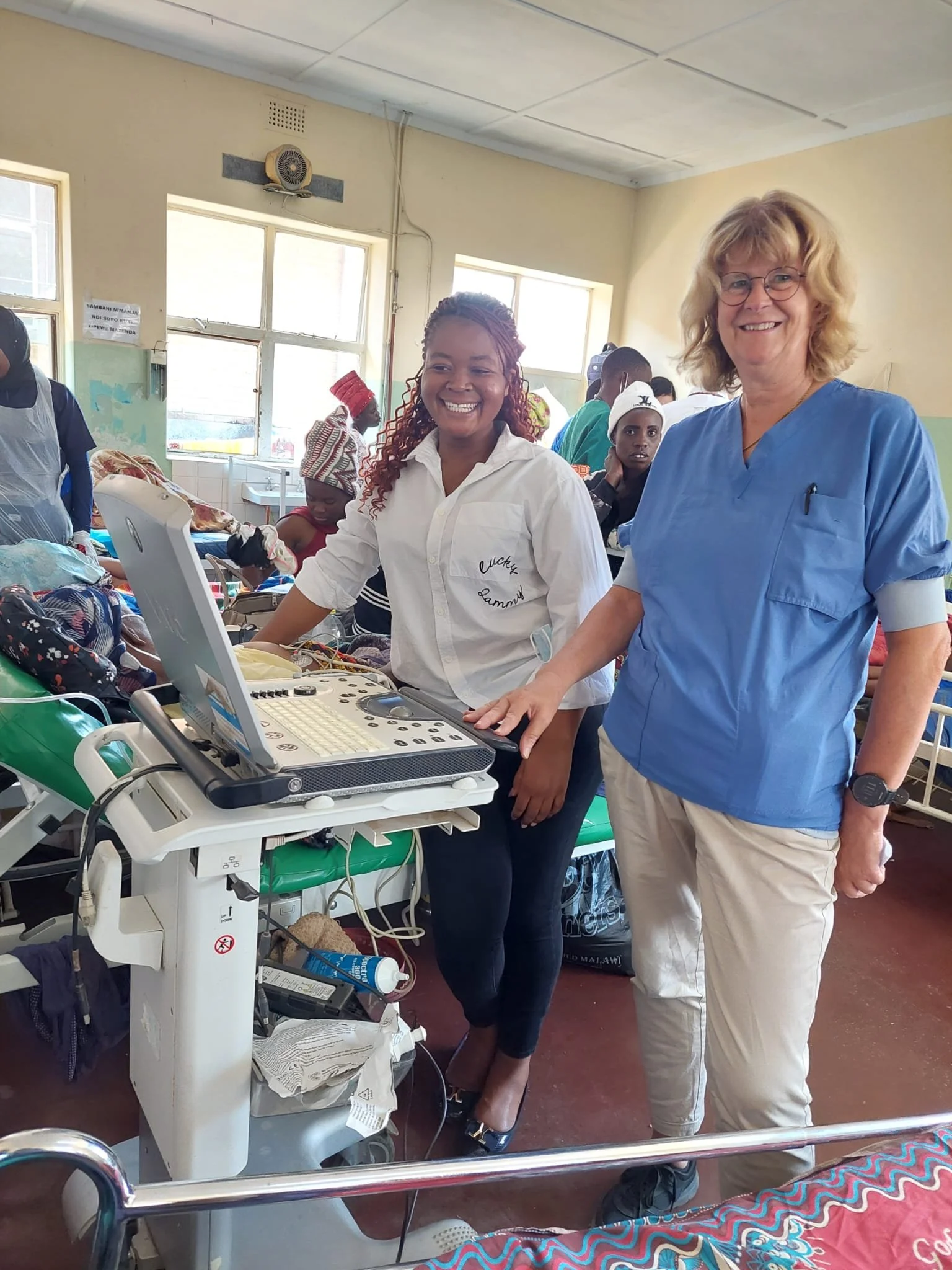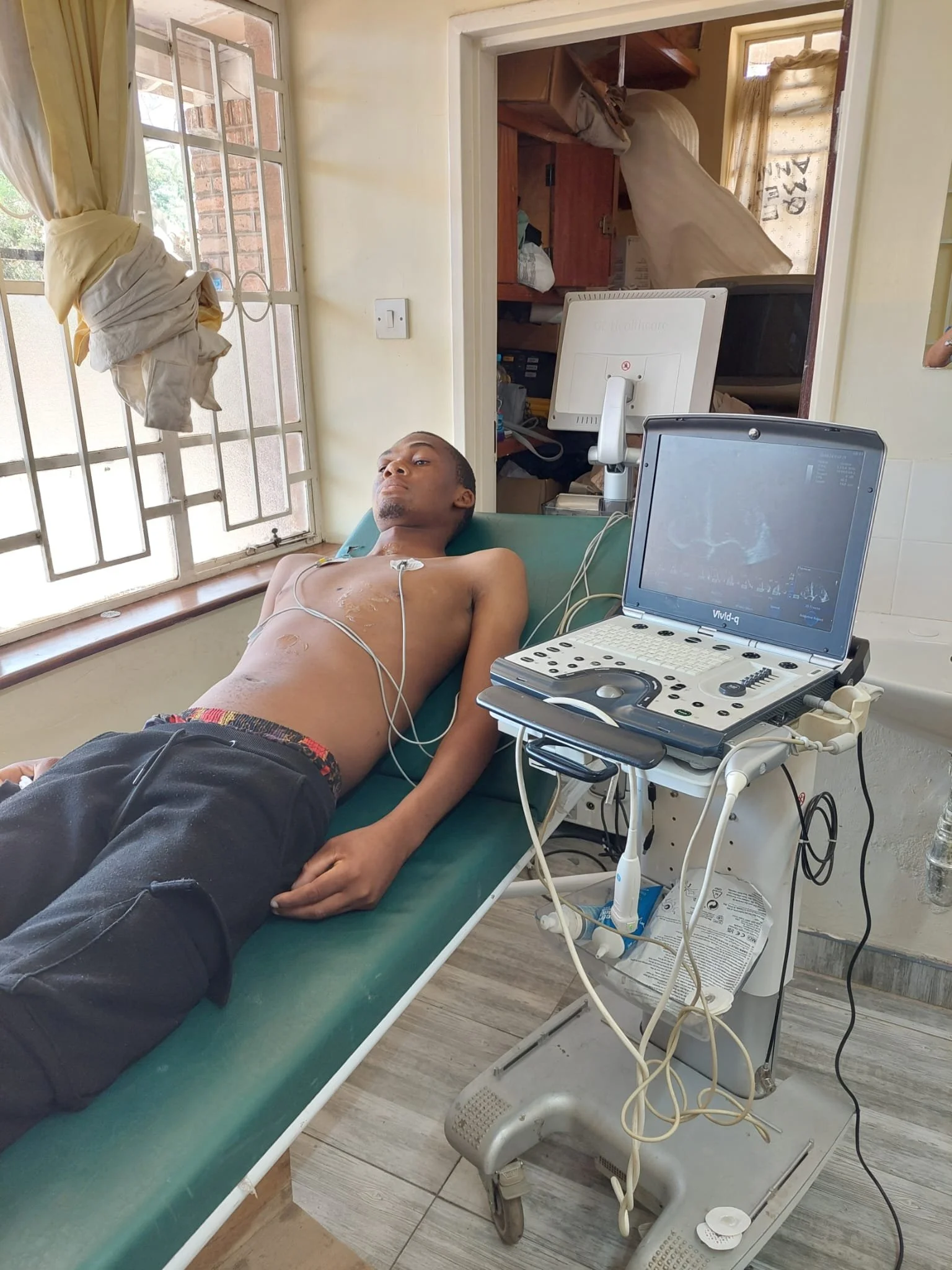Rianne: Teaching the Heart, By Hand
On an October morning in Blantyre, the ward is already awake—pill carts rattling, monitors blinking, sunlight cutting a clean blade across the floor. Rianne, a sonographer and researcher from Amsterdam UMC, steps to the bedside with a small ultrasound and a quieter kind of authority. She gels the probe, finds the window, and a heart blooms on the screen. Around her, Malawian clinicians lean in—radiographers, clinical officers, nurses—watching the sweep of her wrist and the patience in her pace.
For 14 days, Rianne taught exactly this: how to turn a difficult view into a usable one, how to measure without guesswork, how to write a report that a colleague can act on at 3 p.m. Her approach was simple and demanding—compassion and precision in the same breath. The technique mattered, but so did the tone: a hand steadying a learner’s grip, an explanation that made room for questions, a reminder that patients are people, not pictures.
The scenes repeated themselves across wards and rooms. A focused scan becomes a lesson on apical views; a murky Doppler trace becomes a clean signal after a small adjustment; a hallway conversation turns into a mini-tutorial on when chest pain cannot wait. Between sessions, she traded notes with local radiographers, swapped tricks for managing power dips and crowded lists, and stitched new habits into the day’s rhythm—one small fix at a time.
What Rianne brought was more than technique; it was a way of working. She taught to the realities of the clinic—limited time, heavy caseloads—and still insisted on standards that hold. “Get the view, get the measure, get the message right,” she’d say, and the room would settle into the shared work of doing just that. In a place where minutes are scarce and decisions carry weight, clarity is a kind of mercy.
The impact won’t announce itself with headlines. It will show up in quieter places: fewer repeat scans because the first images were clean; clearer referrals because the report was unambiguous; a patient moved to the right care sooner because someone recognized the pattern without reaching for luck. This is what hands-on training does when it’s done well—it leaves skill where it’s needed most.
Rianne came to Malawi with MTIMA to teach, and she will say she learned as much as she gave. That’s the shape of good collaboration: respect in both directions, technique traded for context, a shared belief that better care is built in the ordinary moments of a clinic day. When the mission ended, the good parts stayed—the muscle memory, the checklists, the confidence. The screen goes dark, the cart rolls on, and the work continues—steadier now.
From all of us at MTIMA: thank you, Rianne—for the time, the craft, and the way you made the room a classroom.




